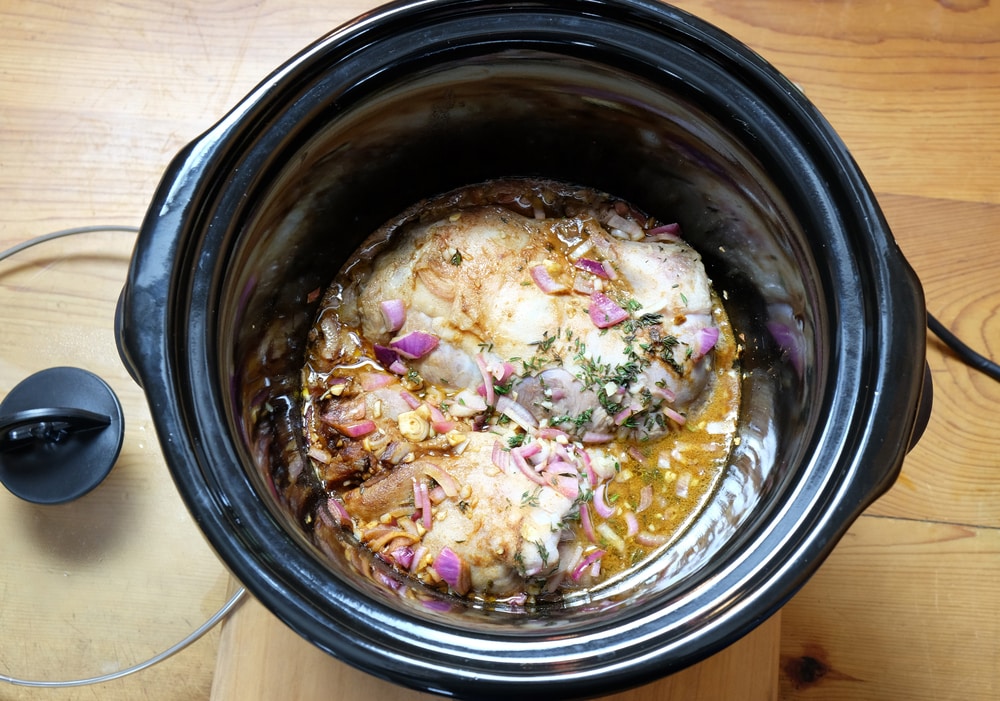
Crock Pots have become a blessing for everyone who is too busy to cook, and this is the prime reason they have become so popular. However, many beginners don’t know how to use it right and how much liquid in Crock-Pot is added. If you have recently started using Crock-Pot for cooking and are confused about the liquid content, we have the details mentioned in this article!
How Much Liquid For Cooking In Crock-Pot?
Using Liquid In Crock Pot
When it comes down to using the Crock-Pot, it’s obvious that you need to opt for the slow cooking method. Having said that, you should only add liquid or water if the recipe has mentioned it (yes, the recipes for Crock-Pot are different from regular recipes, so it’s best to stick to those special recipes). To begin with, some dishes like ham don’t require any water to be cooked in the Crock-Pot. On the other hand, if you are making soup, you will need to add water. Not to forget, some recipes only call for added liquids, such as broth rather than water.
This means that Crock-Pot might require liquid to be added, but it primarily depends on the recipe and food you are cooking. That’s to say because Crock Pots are designed to use the food’s natural fats and moisture while some won’t need any liquid at all. However, it’s obvious that you will need to add water or liquid while cooking dry food items. Also, even if you have to add liquid, make sure that it doesn’t touch the heating base and only stays in the pot.
According to the instruction manual of the Crock-Pot appliance, you should add a sufficient amount of liquid to prevent burning and drying. Keep in mind that we have used the word “sufficient,” which varies from recipe to recipe. In addition, the liquid depends on the certain recipe that you plan on cooking. Secondly, when using the stoneware, make sure that it’s filled at half or a maximum of ¾ and consider them to adjust the cooking time accordingly.
When you are cooking vegetables and raw meats, you need to understand that these food items have natural moisture, and when these food items are cooked, the moisture will be released, resulting in self-sufficient liquid content. Some of the recipes that don’t require water are ham, whole chicken, chili, and queso. On the other hand, if you are cooking bread, pot roast, and chicken noodle soup, it will require water, and the quantity depends on the recipe you are following.
Keep in mind that when you are making a pot roast, you should add water at the end of the cooking cycle. In fact, it should be added when mixed with corn starch to develop a thickening effect. As far as the meats are concerned, they need to be covered in water or liquid only if the recipe has mentioned (please notice that we have mentioned liquid, so it doesn’t have to be water because you can add broth as well).